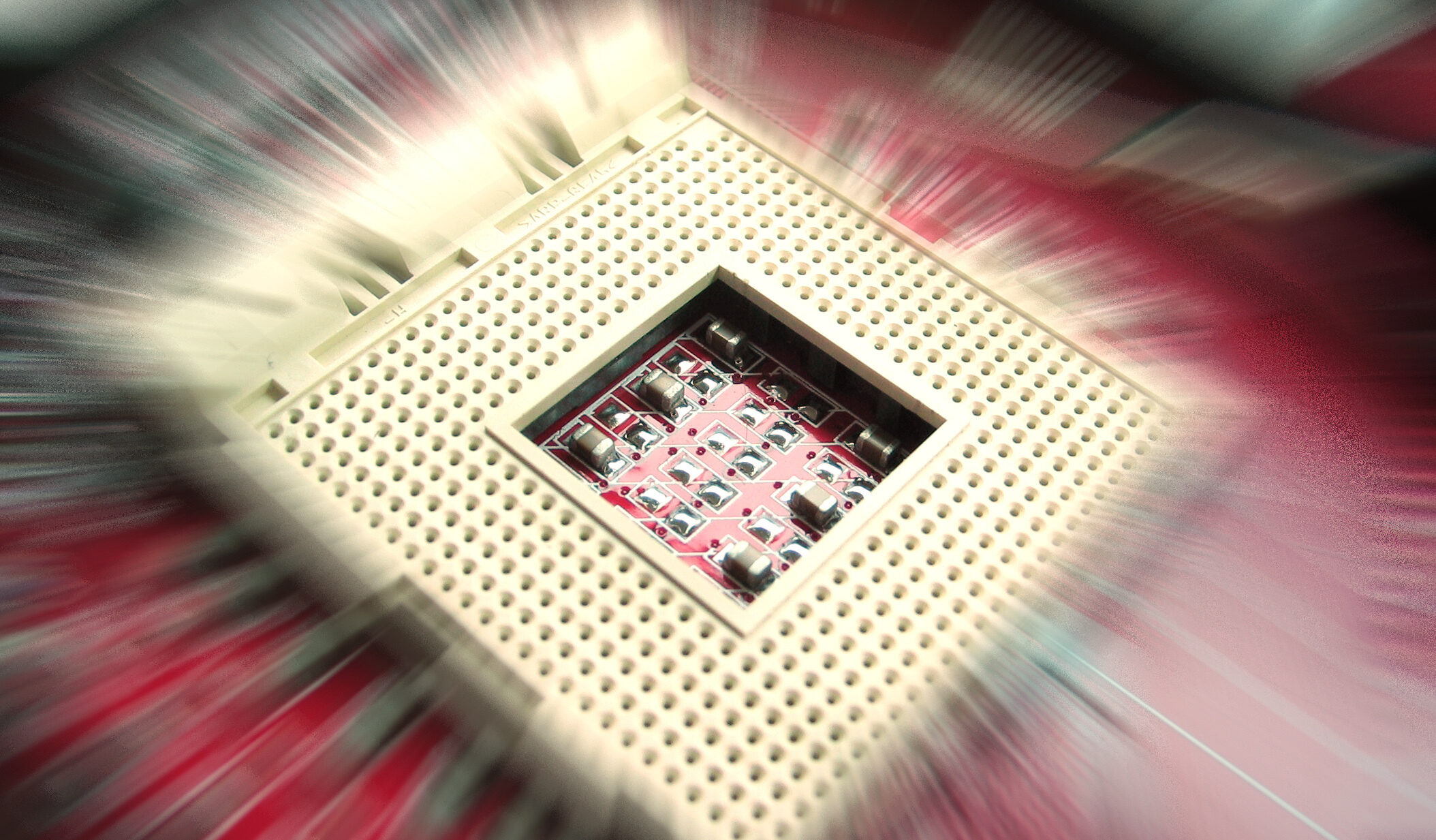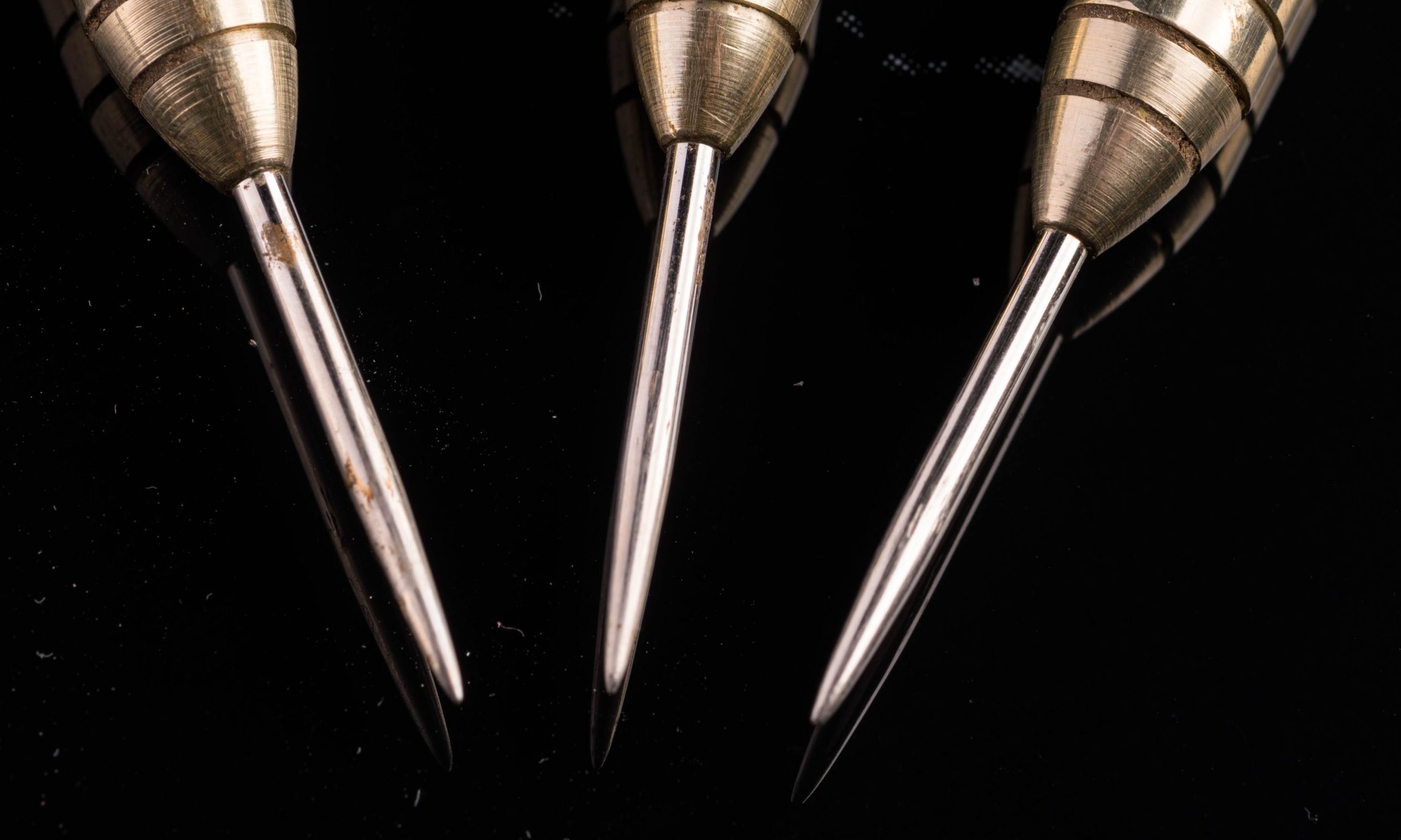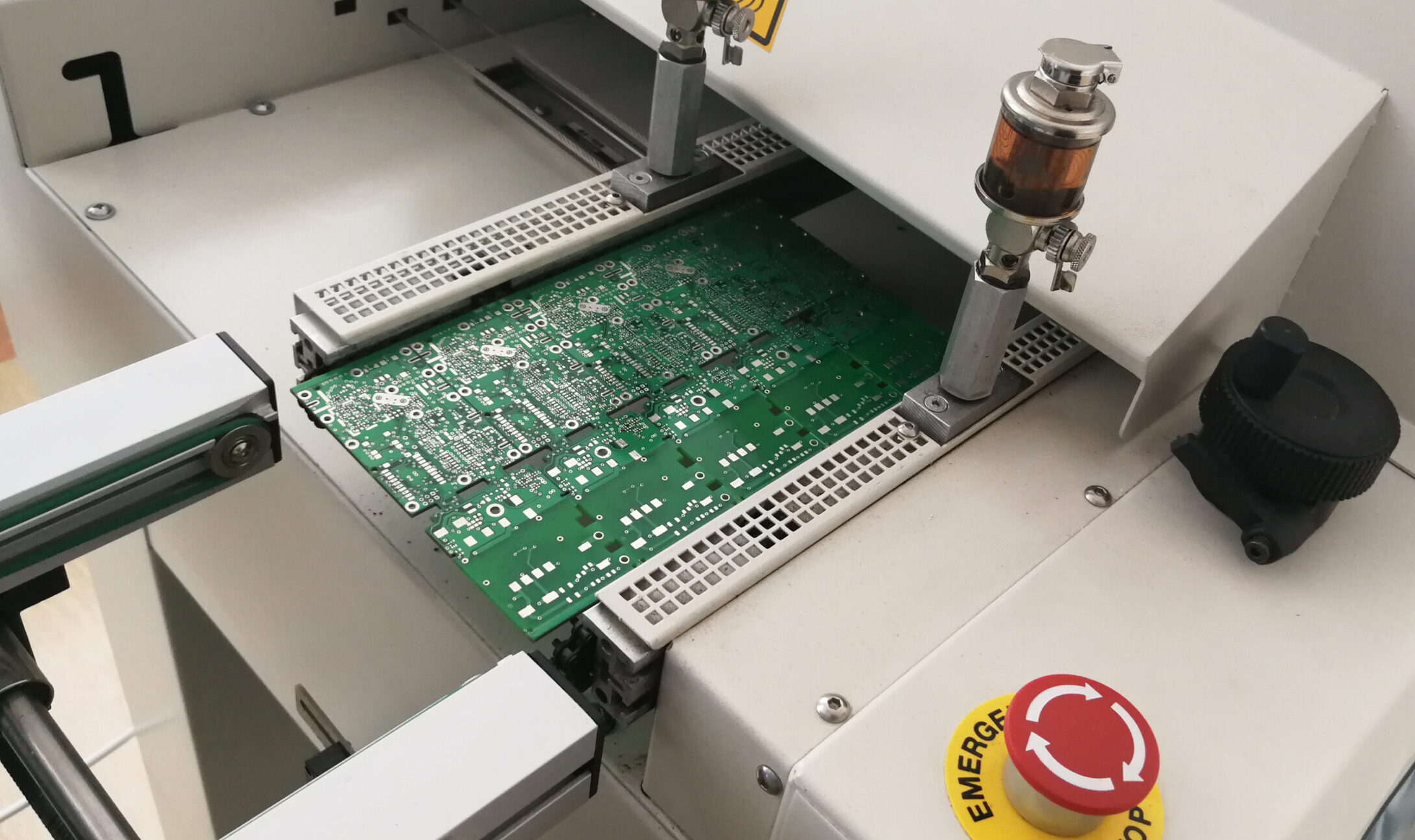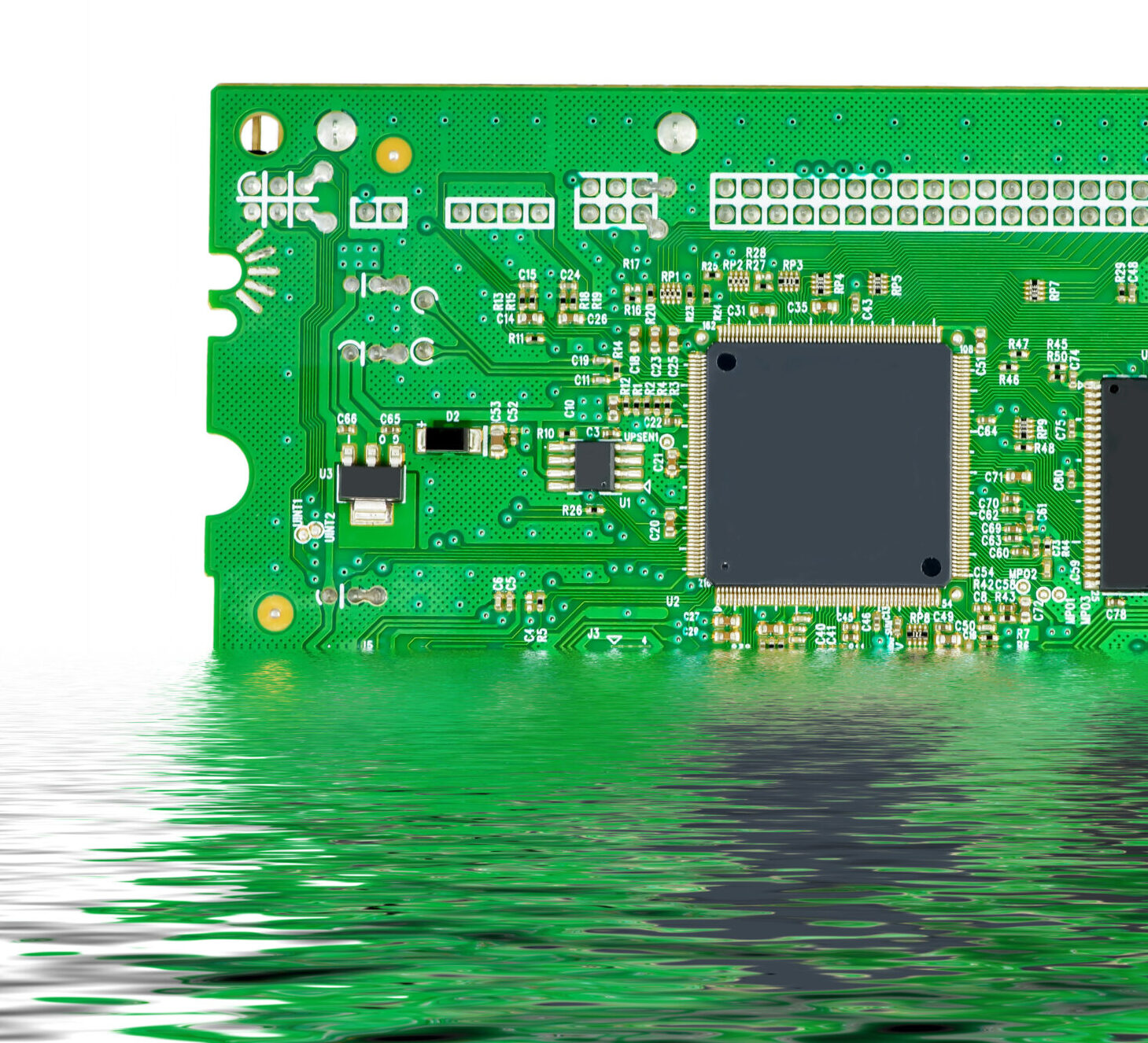Requirement
ICT
Table of contents
What is in-circuit test?
In-circuit test (ICT) is a test method which is conducted on reflowed PCB using electric probe to measure the constant of electronic components (resistor, capacitor, etc.) or diode property, etc.
ICT is a non-destructive test to verify the joint reliability between the electronic components and the PCB. It can detect an issue which cannot be detected by visual test.
Types of in-circuit test
Press type in-circuit tester
Testing jig can check all mounted components at once, allowing high-speed test. Suitable for mass produced PCBs, such as for consumer products.
Flying probe tester
Test probe moves across the PCB, so that it does not need a testing jig. Test points can be edited easily and optimal for PCB with many variances.
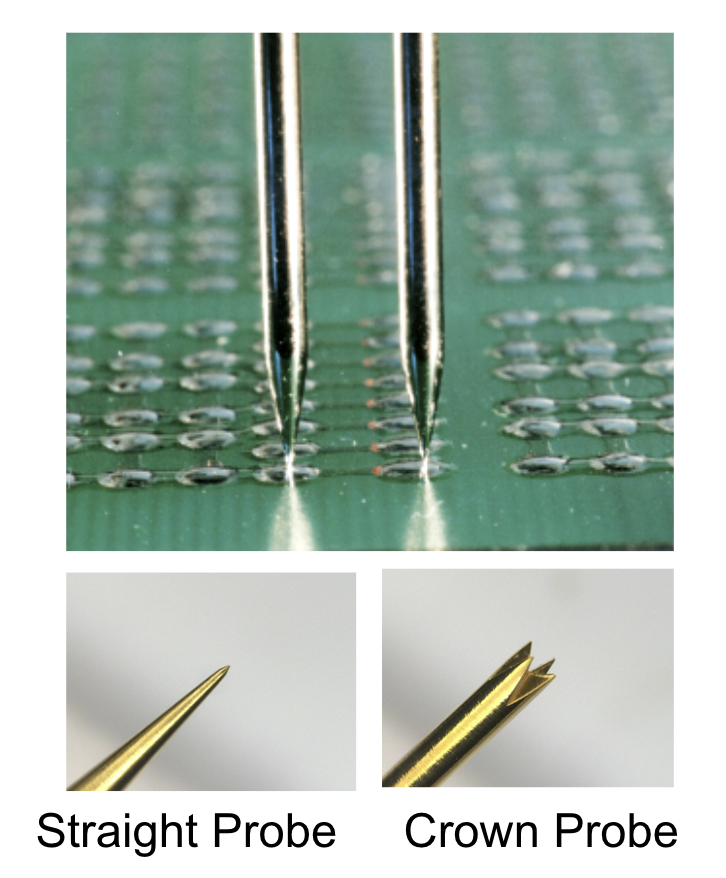
Challenges faced by ICT
If the flux residue is pooled on the solder fillet, it will stick to the tip of pin probe during the test. By repeating the tests, flux residue keeps building up on the tip and deteriorates pin contact, which may reduce the test accuracy.
In addition, if the flux residue is stiff and chips when the pin probe touches, the chipped flux residue will build up on the pin probe and deteriorates pin contact.

Demand for in-circuit test compatibility
Miniaturization of the electric devices increased the demand for in-circuit testing. High accuracy and straight-pass rate is required in in-circuit test; therefore, a solder paste with good pin contact performance is demanded.
Keywords / Related articles
Contact Us Inquiry
For any requests for estimates, product information, technical questions, etc. please reach out to us.



